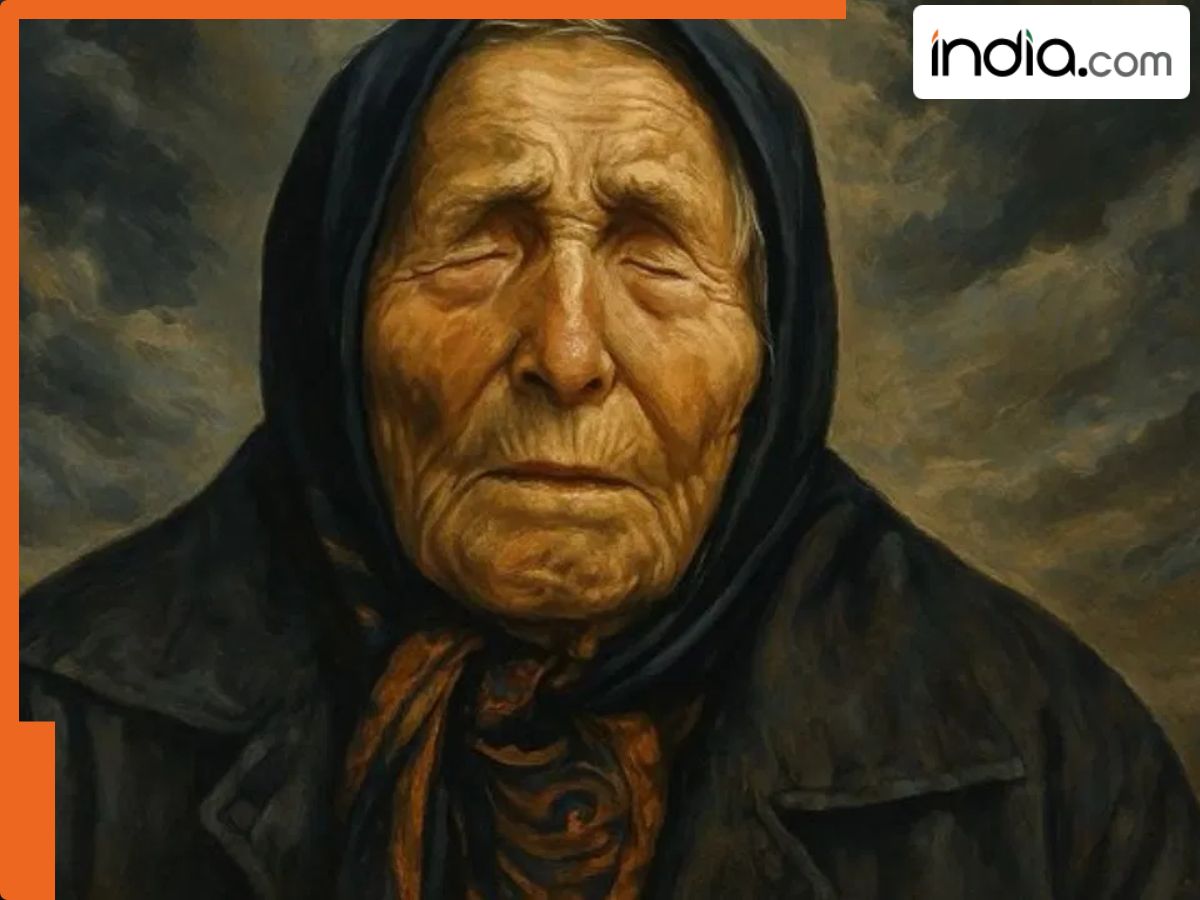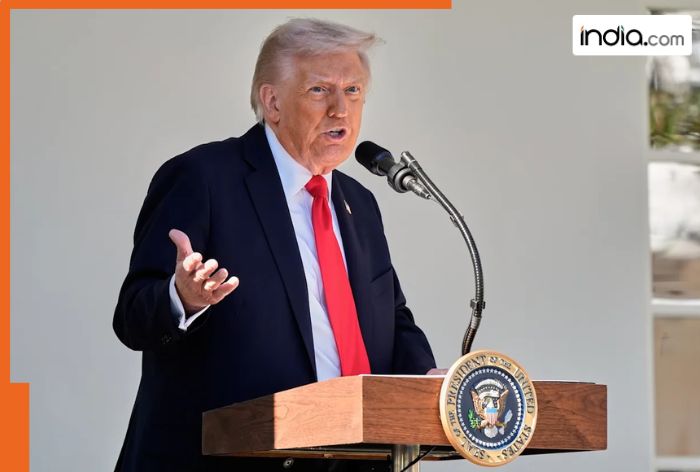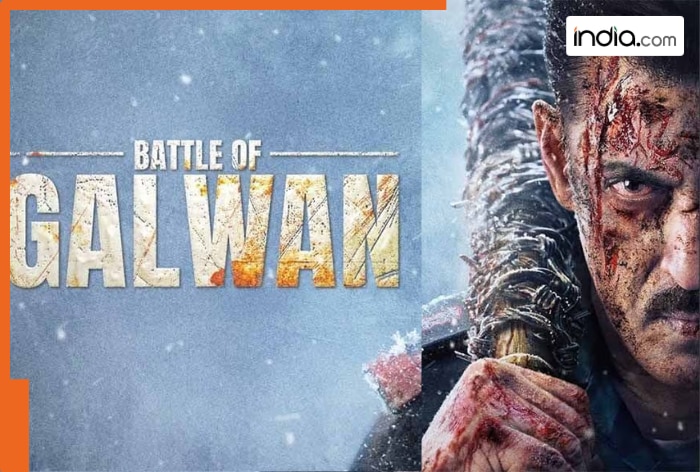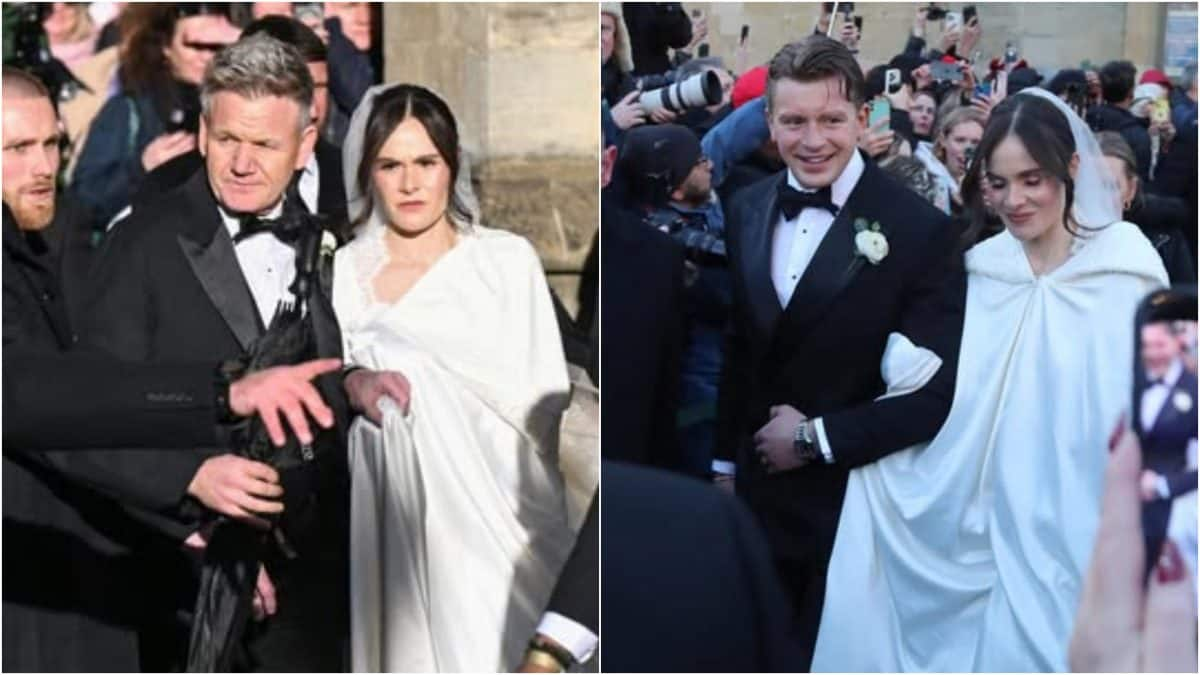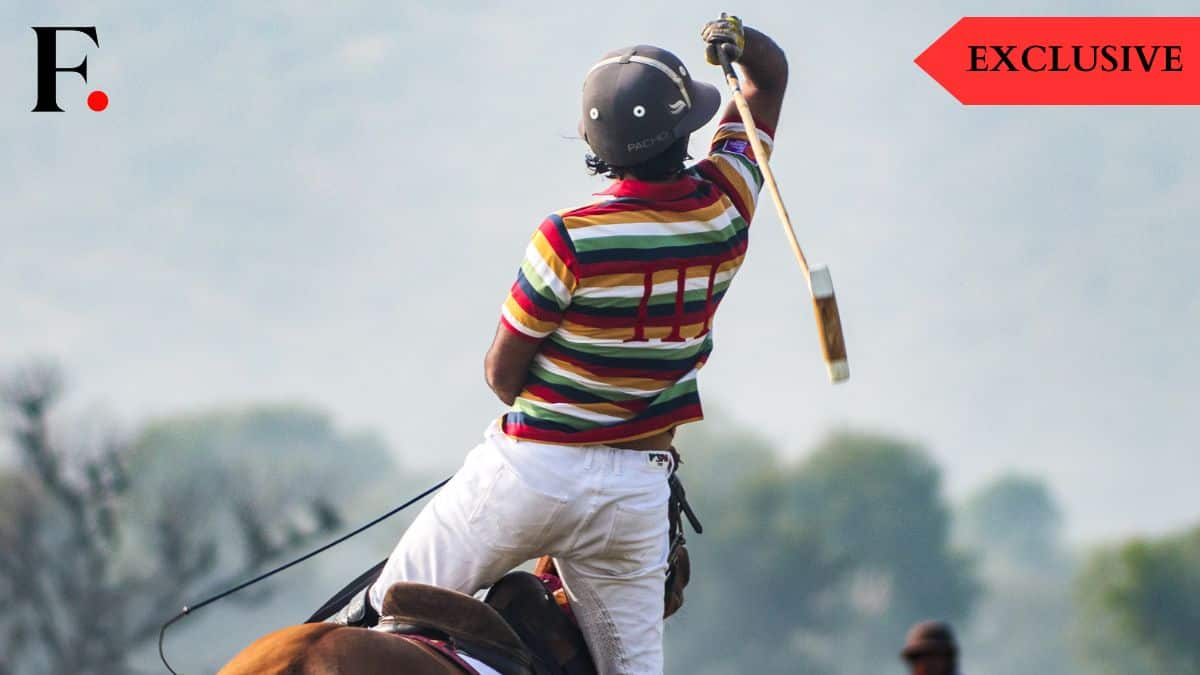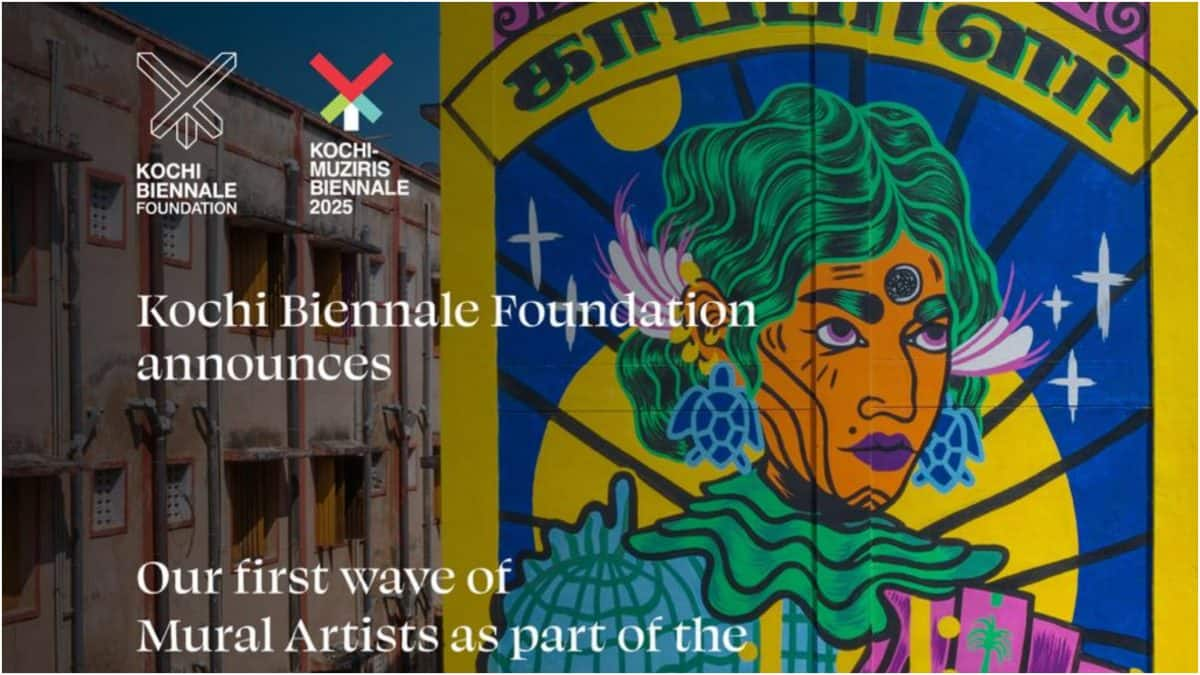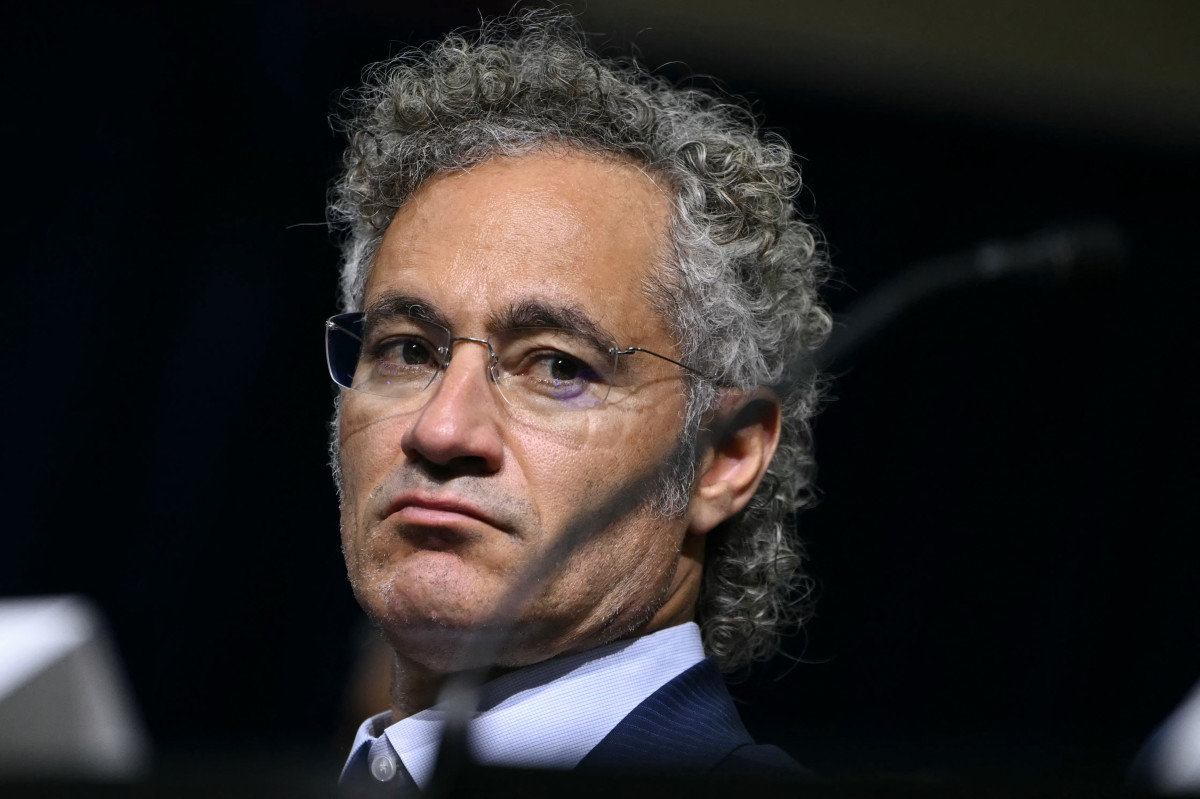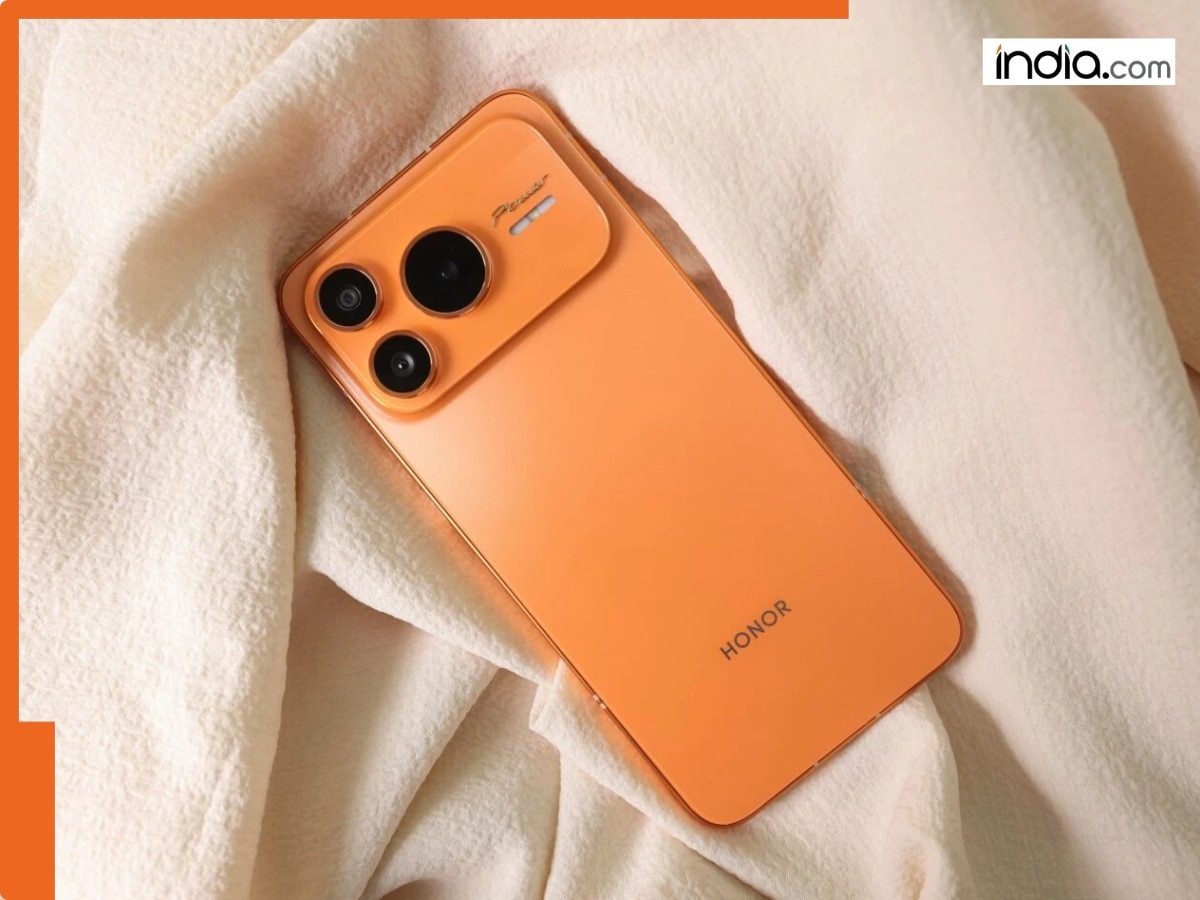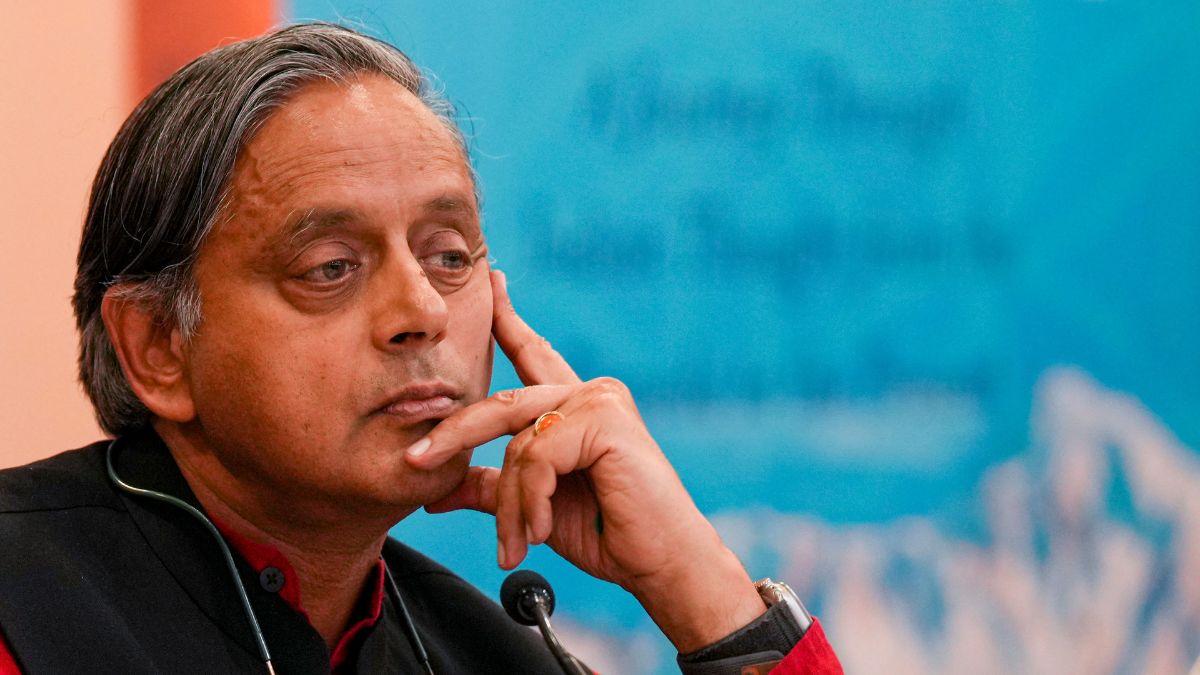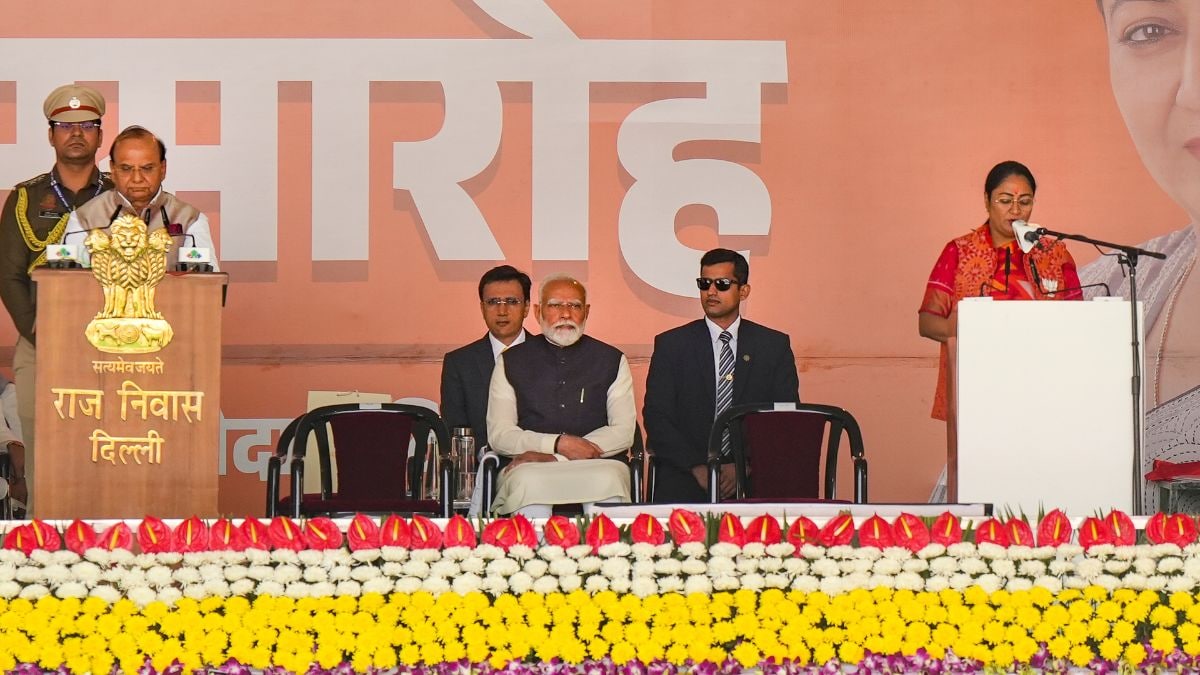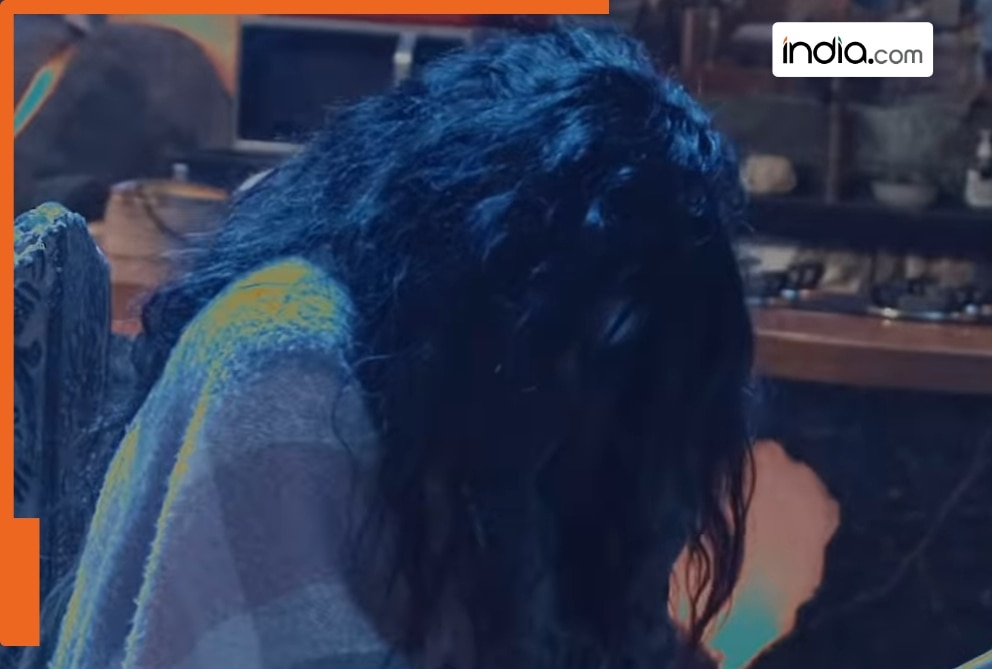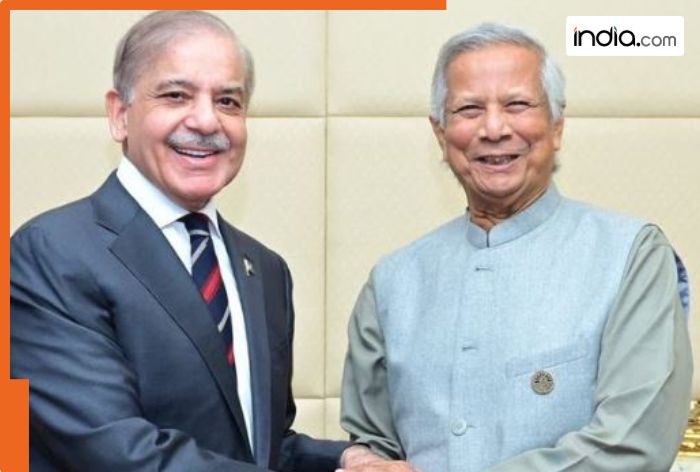This ancient Siberian ice mummy had a talented tattooist
Researchers reconstructed a roughly 2,000-year-old woman’s tattoos, from prowling tigers to a fantastical griffinlike creature.

The roughly 2,000-year-old woman sported tattoos with varying levels of intricacy
Infrared photography was used to make this 3-D model of a Pazyryk mummy, helping scientists see her tattoos in high resolution for the first time.
M. Vavulin

Some tattoos do age well.
More than two millennia ago, a woman sat down for a couple of inking sessions. After, she rocked some sick sleeves — her arms etched with intense hunting scenes of prowling leopards, lanky stags and even a fantastical creature that resembles a griffin, researchers report July 31 in Antiquity.
Subtle differences in style and technique suggest the work of at least two artists, one more skilled and the other likely still learning. Yet the tattoo designs are so elaborate that even modern professionals would find them challenging to replicate, says Gino Caspari of the Max Planck Institute of Geoanthropology in Jena, Germany. “I hope people walk away with a deeper appreciation for the prehistory of the craft and the people behind the ink — both the tattooer and the tattooed.”
Prehistoric tattoos are rare, as skin decays rapidly after death. But in Siberia, permafrost preserved the bodies of several people from the Pazyryk culture, horse-riding nomads of the Eurasian steppes. This inked woman, who died at 50, was one of them.
Though invisible to the naked eye, her tattoos reemerged under near-infrared photography. Her right forearm is masterfully inked, depicting two striped tigers and a spotted leopard interlocked with two stags. The design flows along the arm’s muscles and plays expertly with perspective.
Her left forearm, by contrast, has less anatomical accuracy and rougher execution. The researchers suggest this could reflect either two tattoo artists with different skill levels, or early and late stages of a single artist’s career.
Exquisite ink
The woman’s tattoos show different animals and symbols. On her left forearm (top), the current state of the tattoo (left) shows what looks to be a hooved animal, an ungulate, with no head, being attacked by a griffinlike animal. The artist’s rendition (right) fills in more of the head and antlers. The right forearm ink (bottom), in its current state (left), shows catlike creatures attacking antlered animals. The artist’s rendition (right) fills in additional details of the animals in the fight scene.

The tattoos were made using several pointed instruments in a stick-and-poke technique, the team says. The conclusion is based partly on a past experiment where coauthor Daniel Riday, an expert in ancestral art living in southern France, tattooed himself with replica prehistoric tools. A multi-pointed tool probably made the thick lines, while fine lines around the stags’ antlers suggest use of a finer single-point tool.
No archaeological evidence of these tools has yet been found, possibly because they were organic materials such as thorn bundles that didn’t survive, Caspari says. Still, “it’s a fascinating look into the past of a talented practitioner and a great addition to the prehistory of a craft that is important for people around the world today.”
More Stories from Science News on Archaeology
What's Your Reaction?







